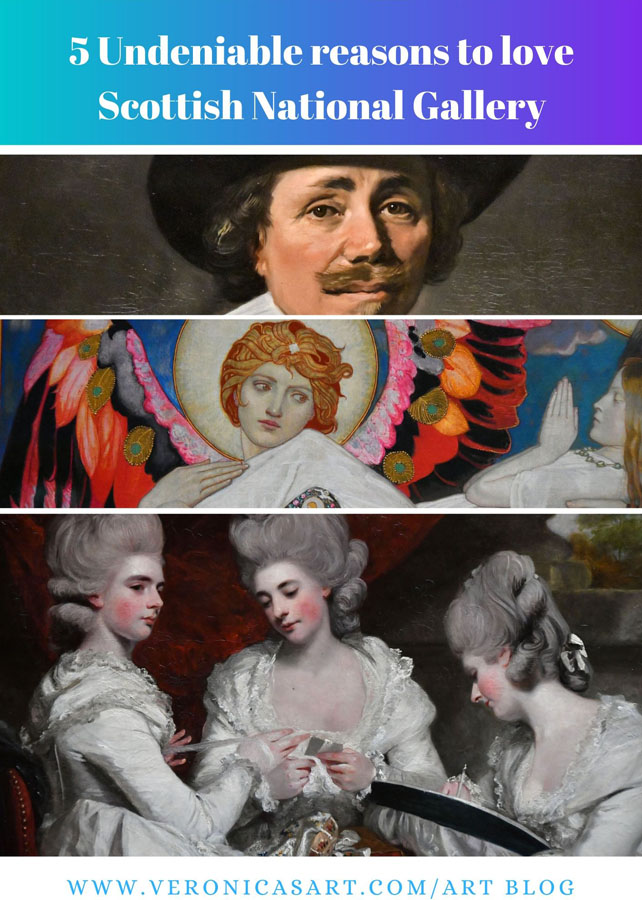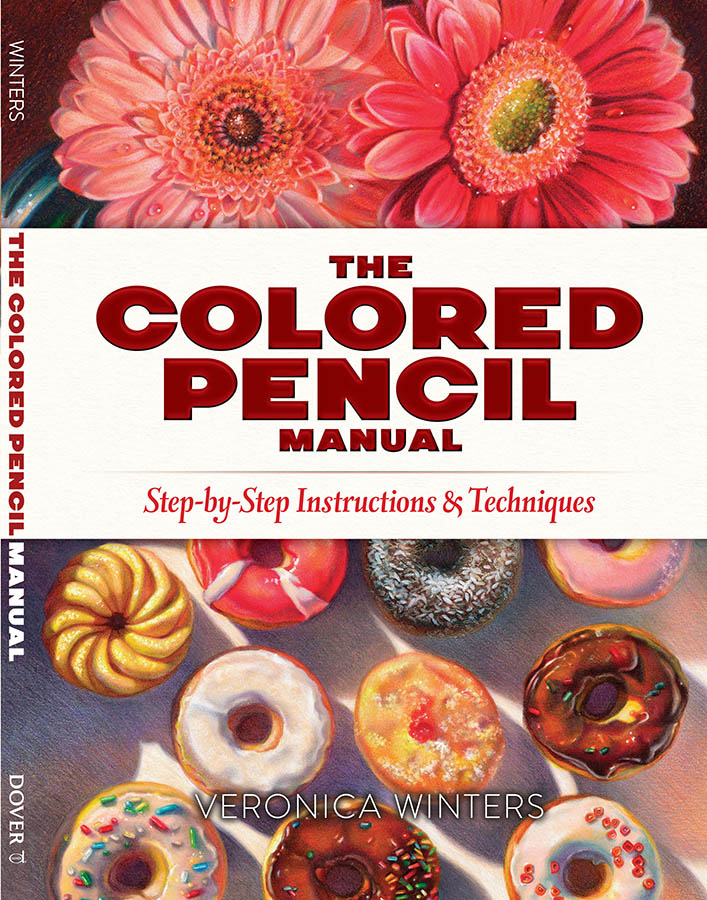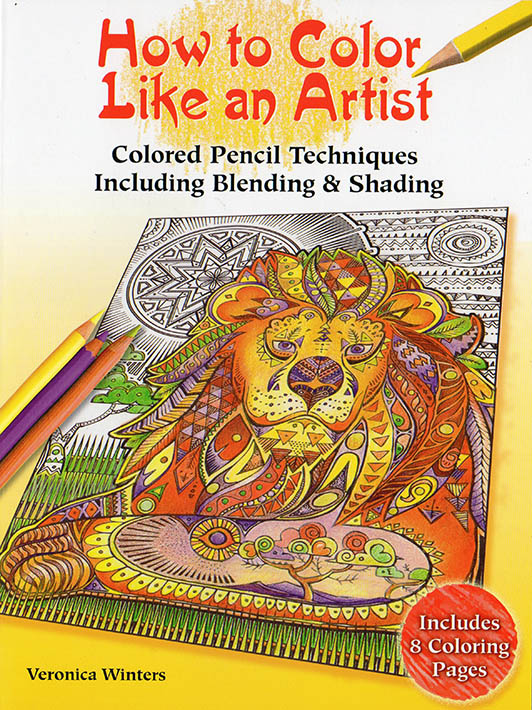In this article I’d like to introduce you to a lesser known art gallery in the art world that offers some beautiful paintings including Scottish art. Its central location makes it a pleasant stroll from Edinburgh Old Town to the museum gallery in a nice weather. The National gallery is free, although it may charge you for some special exhibitions.
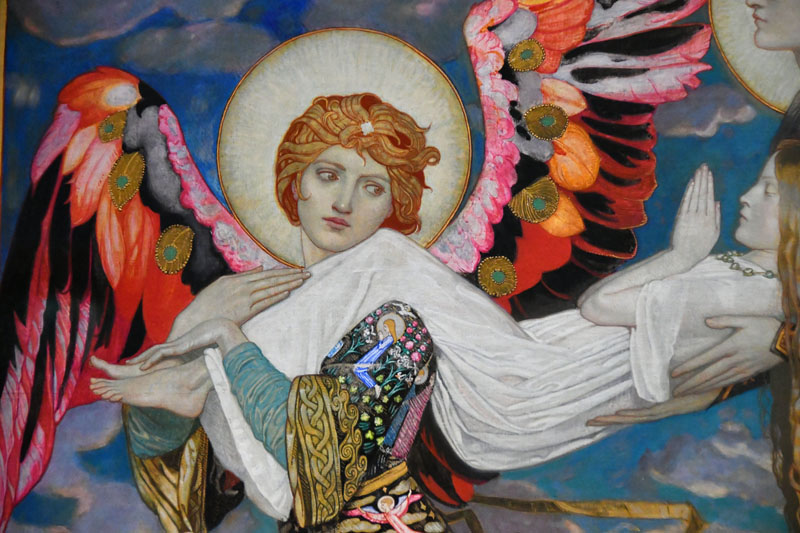
# 1 A mix of big names and beautiful paintings
John Singer Sargent
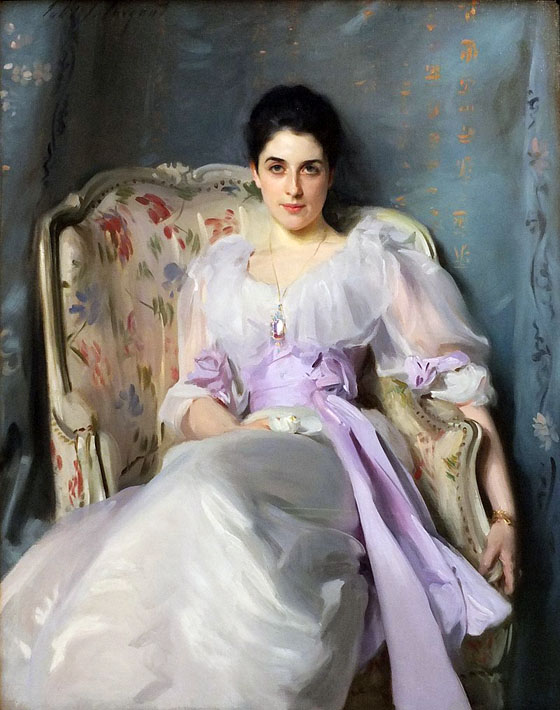
Although some famous artists like Sargent, Raphael, Hals, Gainsborough & Botticelli occupy the walls, it’s nice to see lesser known painters presented in the art museum as well. In a way, they run the show with art pieces of greater impact. The gallery opens with Sargent’s Lady Agnew of Lochnaw, and Hugo van der Goes’ Margaret of Denmark, Queen of Scotland altarpiece, 1478. The art museum pleasantly surprises with some 19-th century epic paintings of colossal size produced in prints for the popular market at that time period.
Thomas Gainsborough
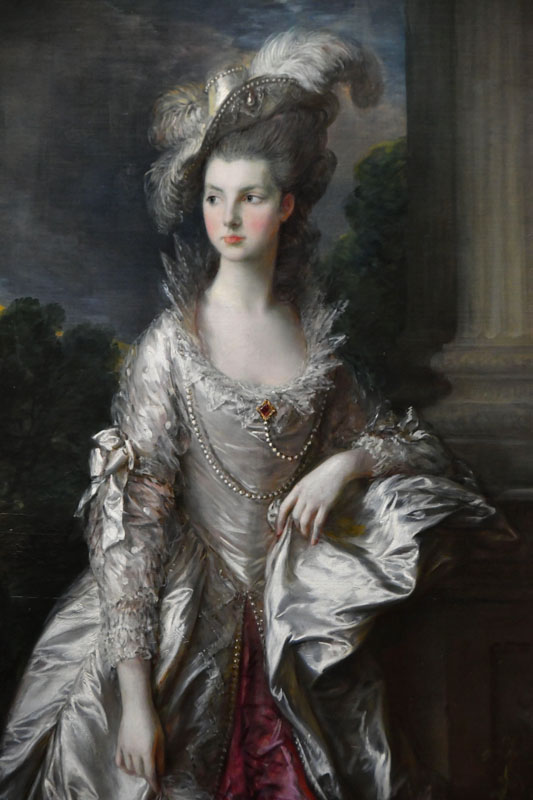
English portrait and landscape painter, Gainsborough had a successful career during his lifetime. Like Van Dyck, he painted royalty but also included imaginative English landscapes behind the figures. A rival of Reynolds, the artist was a founder member of the Royal Academy in 1768.
The Honourable Mrs Graham is an amazing full-length portrait that features painterly brushwork and sophisticated shades of grey. Dressed in a beautiful gown, young woman exhibits elegance and confidence. Daughter of Baron Cathcart, she married the Perthshire landowner Thomas Graham and after her death, Graham passed the painting to her sister. It was bequeathed to the National Gallery by one of their descendants on condition that it never leaves Scotland.
Sir Edwin Landseer
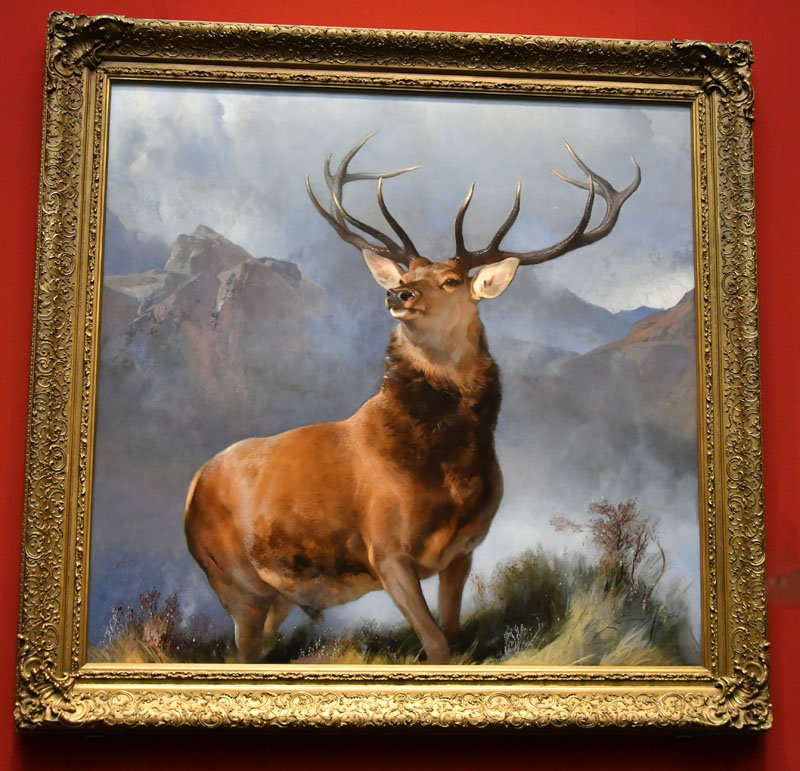
Painted in the 19th century Romanticism era, this artwork almost overwhelms viewers with its powerful representation of majestic animal. Depicting a single deer as a symbol of the vastness and majesty of Scotland, this piece is huge, colorful and breathtaking when viewed in person. The oil painting was reproduced in prints, and achieved even greater success in the twentieth century used in marketing campaigns.
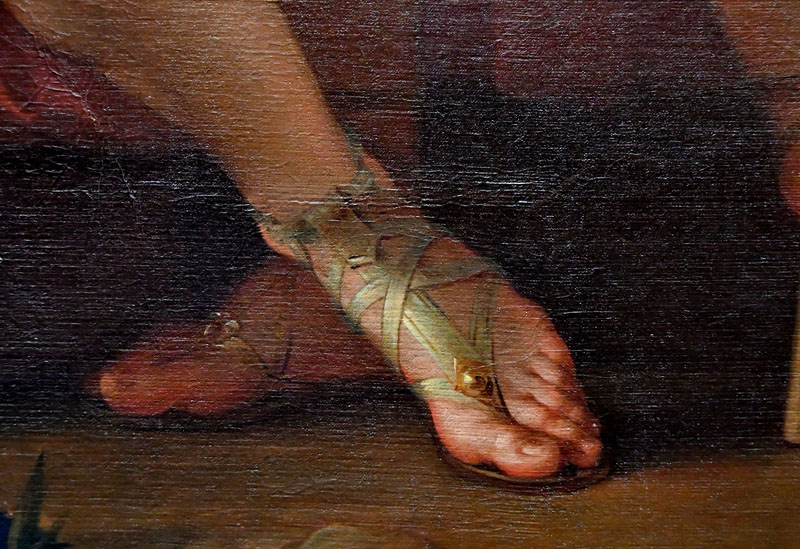
#2 A great place for a family visit.
You won’t be overwhelmed by endless corridors, galleries, and installations. The art museum is quite intimate that makes it easy to devote some quality time to cultural education and to introduce children to art.
Sir Joshua Reynolds

English artist, Sir Joshua Reynolds was a founding member of the Royal Academy of Arts and its first president. He painted portraits of royalty and nobility in classical tradition relying on strong compositions and referencing historical painting. Yet, his loose brushwork looks fresh and contemporary similar to Sargent.
In a large-scale painting we see three sisters, the daughters of the 2nd Earl Waldegrave, busy working on some needlework. Expertly painted, the composition draws us in with figures carefully arranged in a semicircle, reminiscent of the Three Graces from antiquity.
#3 Scottish artists
John Duncan
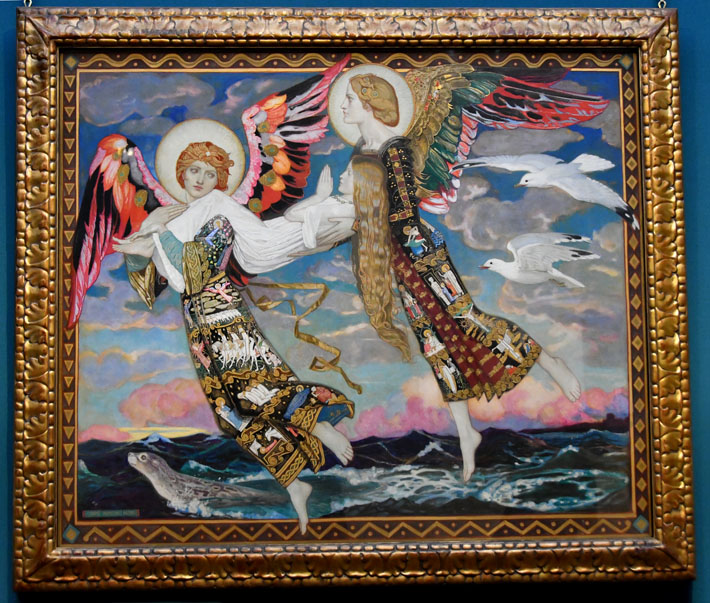
Duncan studied art in Scotland, England and Belgium to settle in Edinburgh in 1892. The artist represents the Celtic Revival movement in Scottish art and his illustrative style looks innovative even today. This colorful painting looks like it’s made of collaged pieces as religious symbols, and even the ornate frame mimic’s the artist’s unique style.
“According to the legend of the Irish Saint Bride she was transported miraculously to Bethlehem to attend the nativity of Christ. Here two angels carry the white robed saint across the sea. The seascape reflects Duncan’s fascination with the Outer Hebrides and the Isle of Iona. The birds and seal provide an effective naturalistic foil for the supernatural angels overlapping the patterned border. Scenes from the life of Christ decorate the angel’s robes, and may include the artist’s self-portrait as the tiny clown (a holy fool) accompanying the procession of the magi on the leading angel’s gown. “
from the website of Scottish National Gallery
William Bell Scott
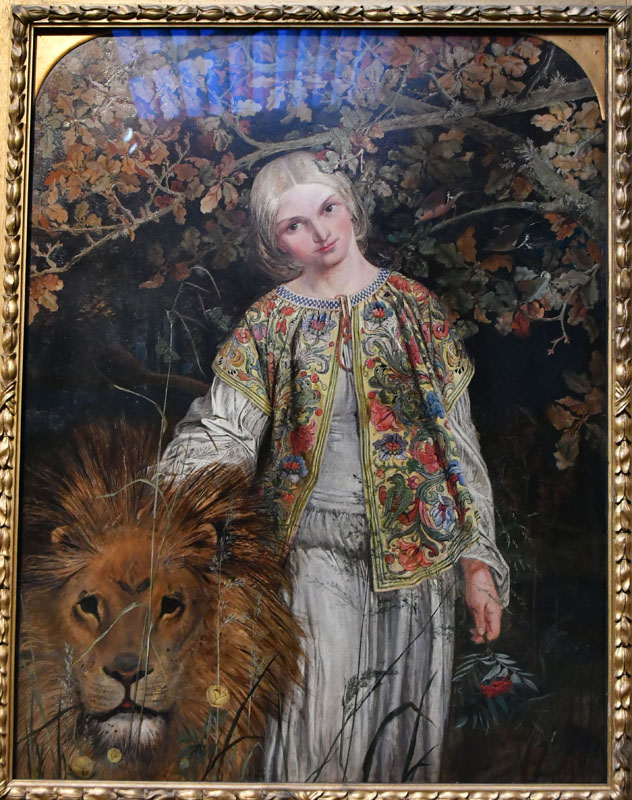
Influenced by the Pre-Raphaelites, William and his brother were trained as artists at the Trustees’ Academy in Edinburgh and worked for their father who was an engraver before becoming full-time artists.
“Scott’s painting was inspired by Edmund Spenser’s sixteenth-century poem ‘The Faerie Queen’. In the poem, Una is the beautiful young daughter of a king and queen who have been imprisoned by a ferocious dragon. Una undertakes a quest to free her parents, but on her journey she encounters a fierce lion. The lion is so captivated by Una’s innocence and beauty that he abandons his plan to eat her, and vows instead to become her protector and companion. Scott shows Una gently resting her fingers in the lion’s terrific mane, as they make their way through the autumnal wood together.”
from the website of Scottish National Gallery
#4 Central location
Museum’s central location makes it easy to get in and out. There is no standing in long lines (like going to the Castle).
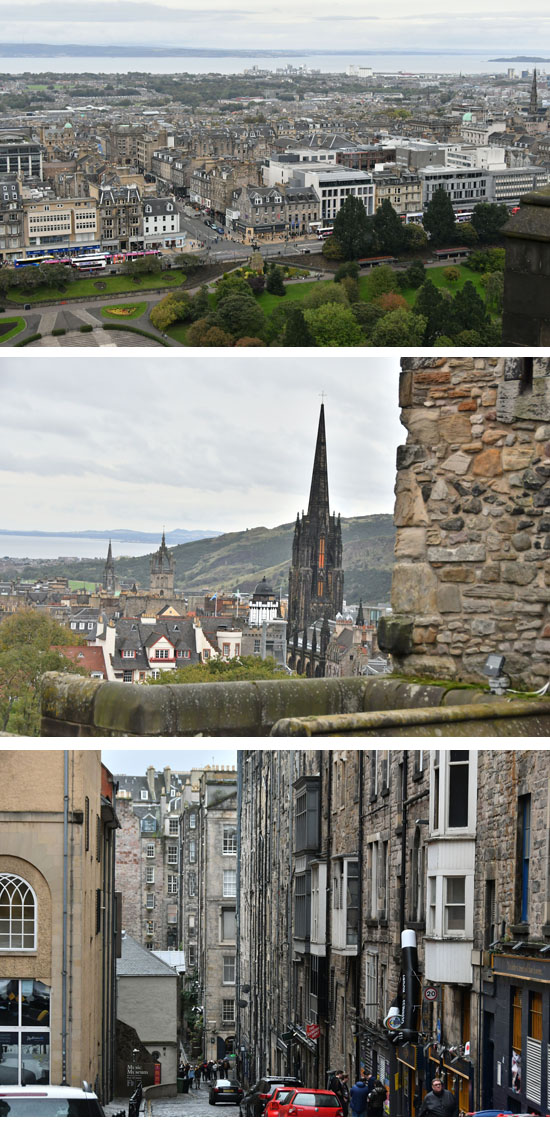
Francois-Xavier Fabre
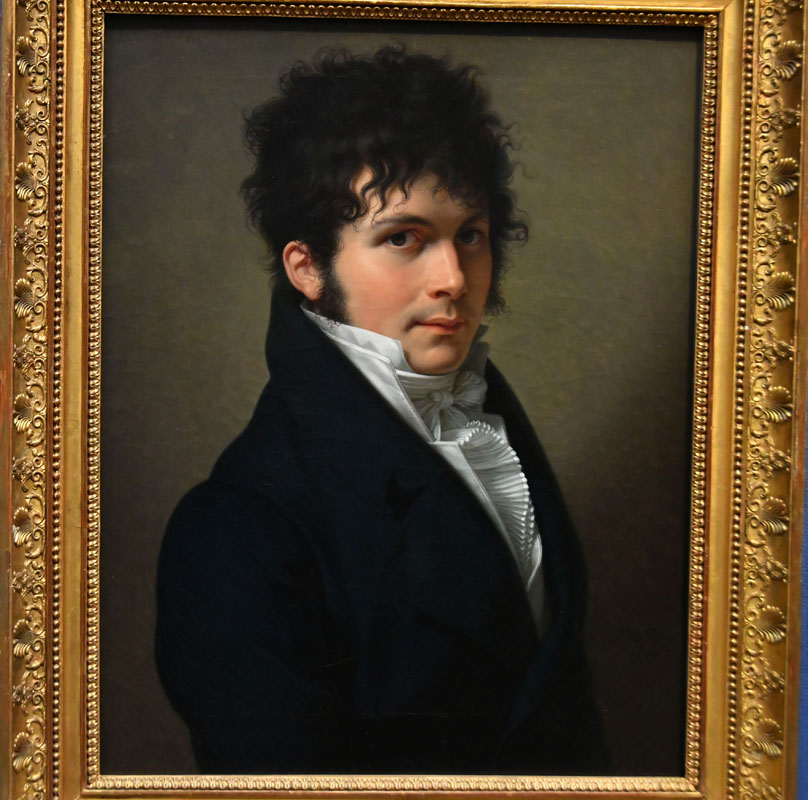
By looking at this painting of Fabre the influence of neoclassical painter Jacques-Louis David is clear. This portrait is exceptionally painted with masterful sense of color, light, and unseen brushwork (characteristic of the neoclassical painters). Unknown young man’s intense gaze is captivating and his fashionable clothes and hair are beautifully arranged into a simple, yet elegant composition. A pupil of David, the artist won the French Academy’s Rome Prize in 1787 and spent most of his life in Italy. Fabre was a very popular portrait and historic painter who was also an art collector! His art collection consists of 16-17th century Italian paintings housed in the Musée Fabre, Montpellier.
# 5 Free of charge
Free. You can’t beat that. Plus when I visited the exhibitions in the fall of 2019 part of the gallery was under construction. It would open with new galleries of Scottish art soon. That’s exciting! Open daily, 10am-5pm. Thursdays until 7pm. Location: The Mound, Edinburgh, Scotland. Check current hrs. and more here: https://www.nationalgalleries.org/visit/scottish-national-gallery
Paul Delaroche
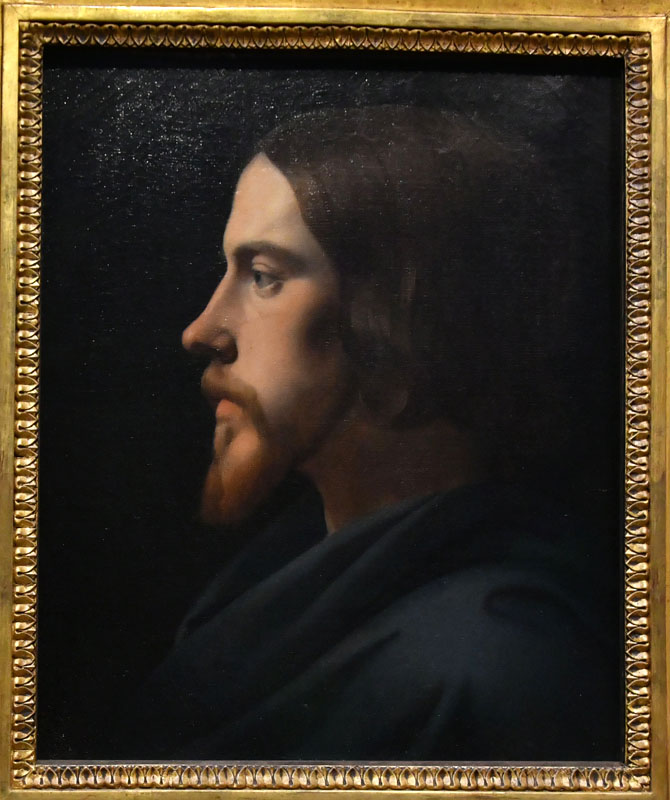
Classically trained French artist Paul Delaroche painted scenes from French and English history. Delaroche served as a professor at the École des Beaux-Arts in Paris where he trained many students including Couture and Gérôme. His two major, large-scale works include The Execution of Lady Jane Grey in the National Gallery in London and 27-meter long The Hemi-Cycle. This painting reminds of Raphael’s School of Athens, only here he depicts over seventy artists from various epochs caught in conversation.
This small portrait of his friend Eugène Buttura proves the artist’s great knowledge of anatomy and oil painting technique. Wrapped up in his thoughts, the man appears lifelike. Man’s face baths in intriguing, soft light, pulling us in to know more about this person.
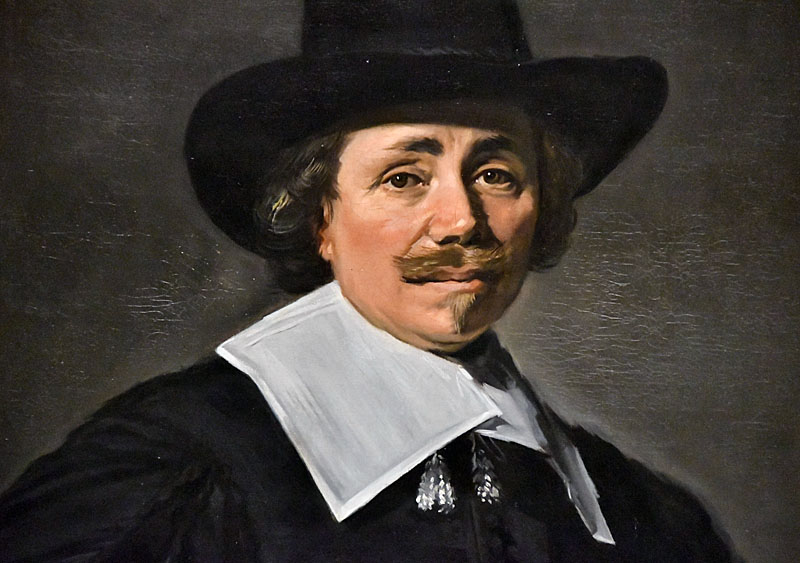
Other notable paintings:
- Jan Steen, A School for Boys and Girls About 1670 (Dutch)
- Jan Lievens, Portrait of a Young Man About 1631 (Dutch), a contemporary and friend of Rembrandt
- Jan van Huysum, Flower Still Life with Bird’s Nest About 1718 (Netherlandish), excellent, famous still life painter of flowers.
- Joseph Farquharson, Winter Day at Finzean 1901 (Scottish), famous painter of textures of snow
- Sir Daniel Macnee, A Lady in Grey, 1859 (Scottish), leading Scottish portrait painter
- Paul Gauguin Vision of the Sermon (Jacob Wrestling with the Angel), 1888 (French)
- Raphael, Mary and Child, around 1507
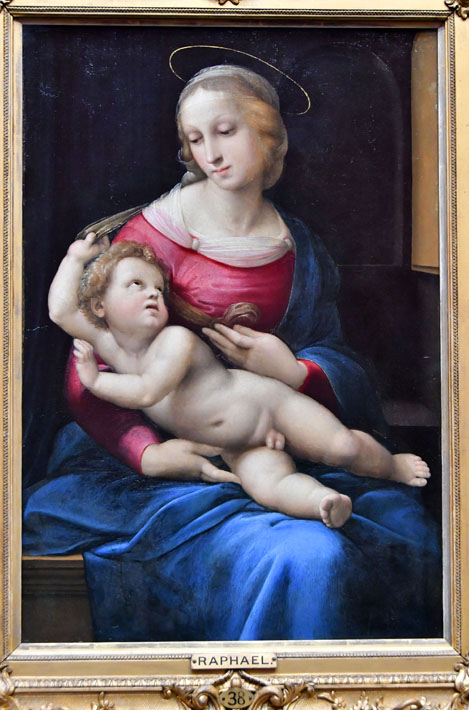
If you like this article, SHARE it on social media!
